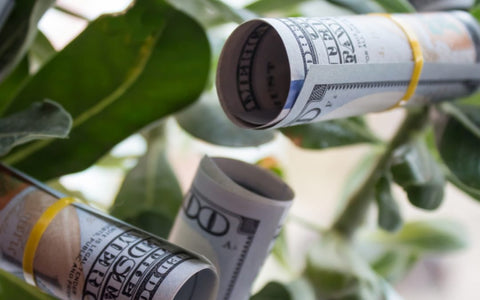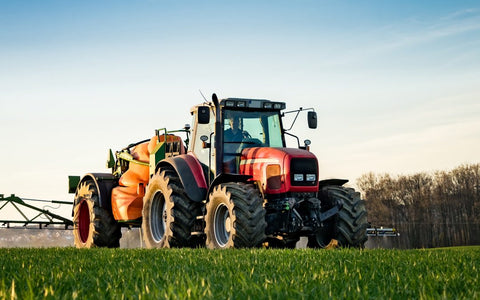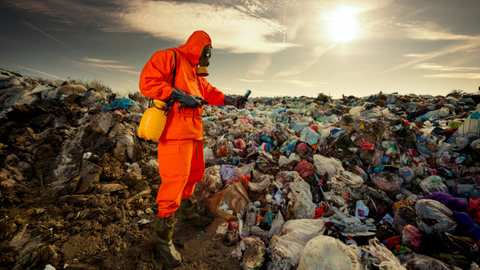Although saving money isn’t usually a primary motivation for home gardeners, we do occasionally get asked about the economics of home-grown food, and whether it really makes sense. So we cracked open a Google-sheet, plugged in a few assumptions, and this is what we learned… (original spreadsheet here, if you’d like to play with it)

If you consider only the upfront purchase cost, then buying fresh herbs from the supermarket is likely to be your cheapest option. The problem with buying herbs from the supermarket is that they’re usually only available in a fixed quantity – and that quantity is usually much more than we need for making a single dish. So what happens? We keep them in the bottom of the refrigerator for a week before throwing three-quarters of them away. Food waste is a massive issue. In fact, here in the US, we throw away about 40% ($121bn p.a.) of the food we produce.
It seems relevant, therefore, to think not only about the initial purchase price but also the number of harvests or uses we can get per plant. The nice thing about growing our own food is that when we harvest, the plant will regrow and replenish itself. For the purposes of this exercise, we’ve assumed that a consumer gets 3 harvests per plant when they grow their own basil, compared to only 1 for supermarket basil.
The next adjustment we made was to the probability of your plant dying. Having interviewed over 200 amateur chefs and gardeners on this subject, we’ve learned that most of the time home gardeners fail because they’re too busy (or forgetful? ) to water their garden every day. Most home herb gardens die from neglect. The ‘probability of plant dying’ is a highly subjective assumption, but in our experience, about 9 out of 10 people we spoke to had killed their potted plants because they forgot to water them (hence we used 90%). Feel free to enter your own assumptions here if you’d like to test another scenario.
The beauty of the World’s Smallest Garden is that it creates a way for plants to water themselves. In doing so, the probability of ‘human error’ causing a plant death drops right down. We’ve assumed 5% for the purpose of our calculations (hey, no one’s perfect!), but again – feel free to edit as you see fit.
We concluded this exercise with a clear winner:
- After adjusting for the number of harvests and probability of the plant dying, the World’s Smallest Garden works out at around $1.75 per harvest.
- The DIY option (with an assumed 90% chance of failure) worked out at around $33, and
- Buying basil from the supermarket costs about $4 per harvest (or whatever the purchase price is for a bunch).








There are no comments for this article. Be the first one to leave a message!